How times — and cityscapes — change. Just four decades ago, Taipei chafed under the description “the ugly duckling of Asia.” Since then, sentiment in terms of secured national wealth and local pride have led to concerted efforts to race up the globe’s “Liveable Cities” indexes. Proof of success in this quest can be seen in the annual Global Liveability Index produced by the prestigious Economist Intelligence Unit.

A quick primer for those of you not so familiar with this little corner of Mother Earth. Taipei does not have a single densely packed enclave of expatriates gathered together for a psychological/physical wall of security. In fact, foreigners are spread out all over this friendly metropolis, one of the safest big cities you’ll ever find yourself in. Whether male or female, when taking a walk at midnight or later, you can safely remain buried in your own thoughts. (You might also like: The City of Taipei: A Museum without Walls)
Nevertheless, there are a few neighborhood enclaves which foreigners may find particularly attractive as residential choices. We now take you to three, explaining what sets them apart in terms of both cultural character and convenience.
Zhongshan District: Dazhi (大直) & the MRT Zhongshan Station (中山站)/ Linsen North Road Area (林森北路)
The Dazhi area is located on the north side of the Keelung River (基隆河), directly across the water from Taipei Songshan Airport (台北松山機場) and Dajia Riverside Park (大佳河濱公園). Since many military sites are located there, residential development restrictions had been placed on this land for a long time. Much of this enclave, therefore, has been built up over just the past couple of decades, with many new sleek, modern- style residential high-rises, large-scale malls, and high-end hotels. The above-ground MRT Wenhu Line (捷運文湖線) runs through Dazhi’s heart, after crossing under the river from Taipei Songshan Airport.
The lovely neighborhood environment and various options for entertainment and shopping are both reasons why Dazhi is favored by expat residents. On any Dazhi walkabout, what you immediately notice is how much space is afforded compared to other Taipei areas, except perhaps the Xinyi District. In this new area, all streets have wide sidewalks and buildings are set back a bit, allowing for calm and breathability. The most-visited attraction in the young district is Miramar Entertainment Park (美麗華百樂園), a massive new-age shopping and entertainment complex built to provide visitors with rich consumption and entertainment options to keep them on-site a full day. In addition, big-box shopping centers, such as Costco and Carrefour, located in the nearby Neihu area, provide numerous choices of western ingredients, which have made many expats’ lives in Taipei easier when the craving for a taste of home kicks in.

On Dazhi’s west side are two long-time popular landmark attractions, the expansive National Revolutionary Martyrs’ Shrine (國民革命忠烈祠) complex and The Grand Hotel (圓山大飯店). For long- term residents, however, its value is more than tourist attractions. A trail system is accessed behind the hotel that takes you up onto the mountain spur overlooking Dazhi. Moreover, on Dazhi’s south side, Taipei’s wonderful world of interconnected riverside parks and bike-path system opens up to you at the Keelung River. (Read also: On Location: the Big Screen Guide to Exploring the City)
Elsewhere in Zhongshan District, many expatriate Japanese choose to live in the city’s downtown area around MRT Zhongshan Station (捷運中山站) and the nearby Linsen North Road (林森北路) area. A key reason for this is the appeal of what you’ll see referred to in English as either “Japantown” or “Little Tokyo,” formally known as the Tiaotong Commercial District (條通商圈). In the grids of cozy lanes and alleys off Zhongshan North (中山北路)/Linsen North Roads north and south of Nanjing East Road (南京東路), you’ll find a jungle of izakayas, karaoke bars, ramen shops, and other Japan-focused establishments. During Taiwan’s Japanese colonial era (1895-1945), this was a high-end residential area for expatriate Japanese, morphing into a Japanese food and entertainment area in the decades after.
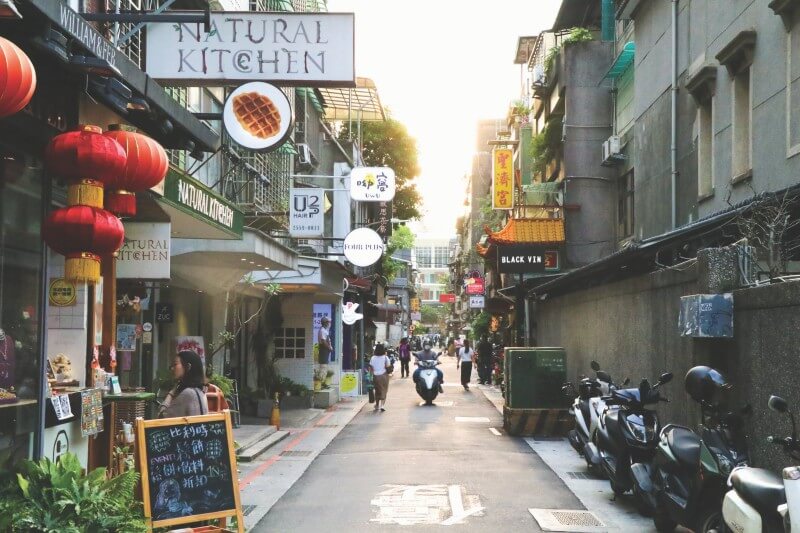
Nowadays, the small alleys and lanes near MRT Zhongshan Station are also a hub of hipster cafés, selected clothing shops and cool designer-owned stores. Chifeng Street (赤峰街), formerly known as the “Blacksmith Street,” is where Taipei’s old street scenes meet its modern spirit. With vivid graffiti decorating the old apartment buildings and cultural and creative markets frequently held on the weekends in Xinzhongshan Linear Park (心中山線形公園), it is also a great choice to settle down for those who are into aesthetics.
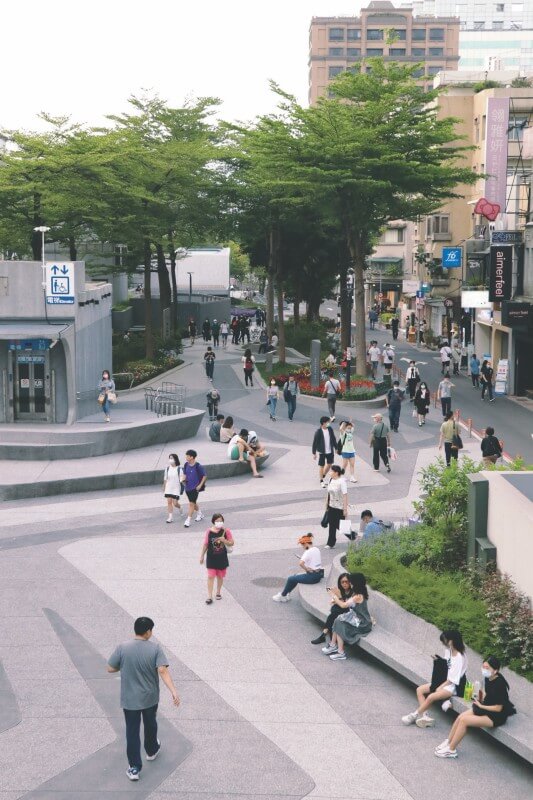
Shilin District: Tianmu
Tianmu (天母) is in the city’s north area, tucked up against the base of the Yangmingshan massif. This neighborhood is the favorite choice for expatriates who come with kids of elementary and high school age in tow, as it is home to Taipei American School, Taipei Japanese School, and the Taipei European School is just beyond its western perimeter. It has perhaps Taipei’s highest density of international residents, and you’ll see folks of more races and ethnicities here than elsewhere in the city (save perhaps for the Taipei World Trade Center area during big international trade shows), because the embassies and representative offices of many lands, as well as the residences of many diplomatic personnel, are found here in what is called the Diplomatic Quarter.
From the mid-1950s to 1979, Tianmu was a residential enclave for mid/lower-ranking US military personnel and their families. Higher officers lived up on Yangmingshan. Housing facilities were also created for USAID workers and other foreign civilians. Look down on Tianmu using Google’s satellite view, and you’ll notice the Western-style community road layout. Today few of the original Western-style residential buildings remain, replaced by multi-story apartment blocks. Both the American and Japanese schools are on former US military sites.
Convenient public transportation is also one of the reasons that make Tianmu livable. The Taipei Metro’s Tamsui-Xinyi Line (淡水信義線) runs along Tianmu’s western side, and there is efficient bus service to the various stations and right into the city center, with a ride taking about 25 minutes outside of high-traffic times. Nature lovers enjoy quick access to Yangmingshan and Yangmingshan National Park’s myriad delights, and consider the massif their backyard playground. The popular, verdant Tianmu Old Trail (天母古道), also home of many wild Formosan rock macaques, starts right at its north edge, just off Zhongshan North Road’s Section 7. Besides, the large Tianmu Sports Park (天母運動公園) provides a wide array of high-quality, well-maintained public facilities, including tennis and basketball courts, children’s playgrounds, jogging track, inline skating rink, open-air theater, and multi-purpose lawn, making it easy for expats in Tianmu to enjoy sports and outdoor social events.
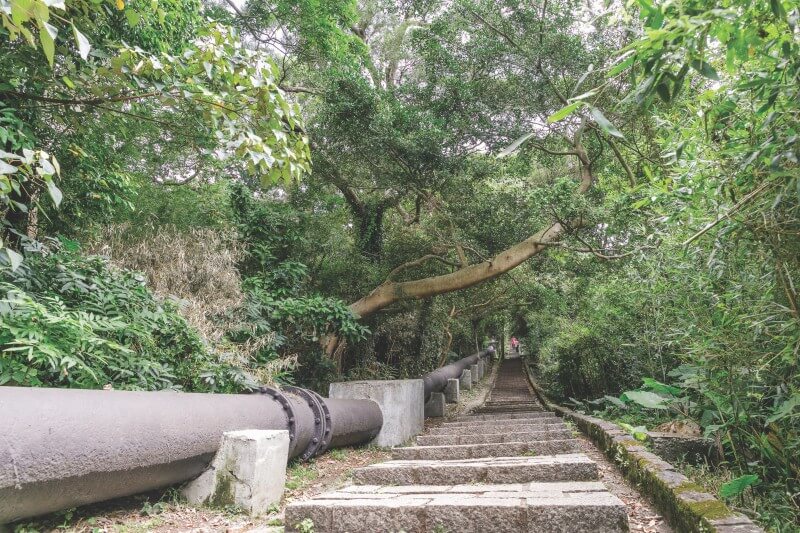

Neighborhood retailers collectively stock a noticeably greater variety of imported goods than found in other Taipei zones. There are a number of hypermarkets and large department stores — Carrefour, SOGO, Shin Kong Mitsukoshi (新光三越), and Dayeh Takashimaya (大葉高島屋) — many specialty stores catering to the international community, and a wide selection of eateries serving Western, Japanese, and the cuisines of other lands. You’ll also find that you come across comparatively more personnel at neighborhood stores and eateries able to converse in English.
For new arrivals, Tianmu is also a great place to kickstart a vibrant social life in Taipei. Two iconic places to meet new friends and enjoy great food are Wendel’s German Bakery & Bistro (溫德德式烘焙餐館) and Dreamers Coffee Roasters. Wendel’s is a German master baker, serving up perhaps Taipei’s best German fare. The bistro’s appealing outdoor beer garden also makes it especially popular. Dreamers offers first-rate drip and cold brew coffees, as well as popular coffee cocktails, and has comfy outdoor street-side seating which allows you to enjoy a cozy afternoon when the COVID alarm is lifted.
Also key to the Tianmu’s heart is the Tianmu Flea Market (天母生活市集), an outdoor Western-style flea market at the intersection of Zhongshan North Road and Tianmu East Road (天母東路). A splendid international cultural mix is found at the 200-some stalls, which display both handmade creative products and second-hand goods. Much fun live entertainment is also on tap, including street performers and indie musicians. The event usually runs each Friday to Sunday, yet it is temporarily closed during the pandemic. (Read more: Green Is the New Black! Suit up with Sustainable Fashion at Second-Hand Shops and Market in Taipei)
| COMMUNITY SERVICES CENTER TAIPEI |
| This is your one-stop shop if looking to settle in Taipei. Located in Tianmu, it’s run by expat residents, with a specific mission to help expats settle into the city. (communitycenter.org.tw) |
Daan District: Kang Qing Long
Located near National Taiwan Normal University (台灣師範大學) and National Taiwan University, the Kang Qing Long community (康青龍街區) is known for its artistic vibe and air of nostalgia. Its name is an abbreviation using words taken from three key streets that run north-south through it — Yongkang (永康街), Qingtian (青田街), and Longquan Streets (龍泉街).
During the Japanese colonial period, this district grew as a residential community for Japanese government officials, senior civil servants, and academics, and a cluster of Japanese-style wooden houses were constructed at that time. Accordingly, you’ll still come across numerous old Japanese wood-built residences on a walkabout nowadays, with a number now renovated and housing eateries and other ventures. Qingtian 76 (青田七六), just off Qingtian Street, is a Japanese restaurant in a heritage Japanese-style residence, with clear Western influences incorporated, built by a Japanese academic in 1931. Lunch and dinner feature traditional Japanese fare; its afternoon tea features both Japanese and Western treats. (Read more: Frozen in Time: Three Historic Neighborhoods to Visit in Taipei)
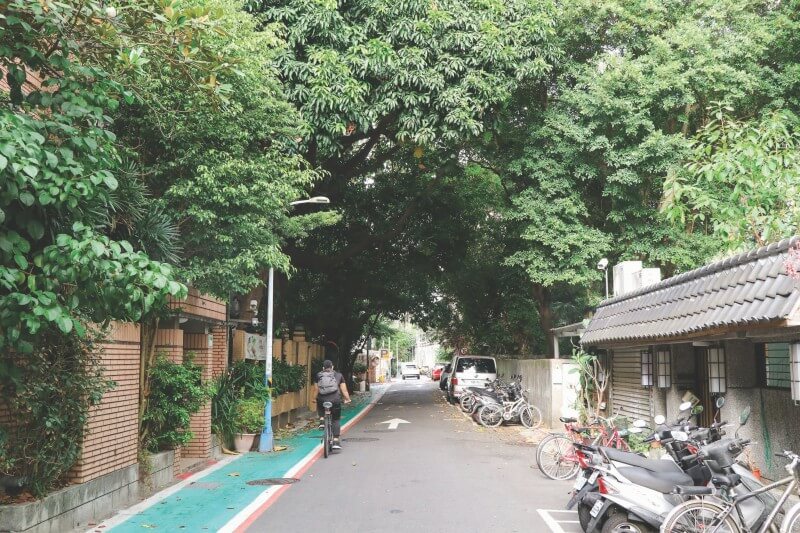
Beyond the main arteries named above, plus Heping East Road (和平東路) which cuts the area into north and south blocks, the dense lane/alley grids are soothingly quiet. This combination of tranquility and the social-life excitement provided by the legion of characterful designer boutiques, cafés, teahouses, local and international eateries, antique shops, and other types of ventures has made this a popular residential choice with younger expatriates. The island’s back-alley culture is justly considered a national treasure by locals, and there’s perhaps no better way to get a grasp of the Taipei soul than meandering serendipitously through Kang Qing Long.
Adding to this neighborhood’s attractiveness are its convenient transportation links and easy access to park areas. The MRT Tamsui-Xinyi Line runs along its north edge, the Songshan-Xindian Line (捷運松山新店線) along its south. Sprawling Daan Park (大安森林公園), known as the “lungs of Taipei,” filled with recreation facilities, faces the north block across Xinsheng South Road (新生南路), and across Xinsheng off the south block’s southeast corner is the beautifully landscaped National Taiwan University campus, filled with majestic trees and architecture dating to the Japanese period. Awaiting just a short distance south of the southern block is the Xindian River (新店溪) entry into the city’s riverside park and bike path network.
Over the past two decades, Yongkang Street and its side alleys have emerged as one of Taipei’s must-see tourist attractions. It is thick with small businesses run by creative independent entrepreneurs, notably designer boutiques and purveyors of myriad food and beverage adventures, attracting a steady stream of expatriate clientele. From Taiwanese street snacks to Japanese, Korean, and other international fare, and to hipster cafés and teahouses hidden down along the side alleys, all palates are guaranteed satisfaction. One of Yongkang’s iconic-brand anchors is the original outlet of the internationally renowned Din Tai Fung (鼎泰豐) restaurant chain — itself an international group- tour destination.
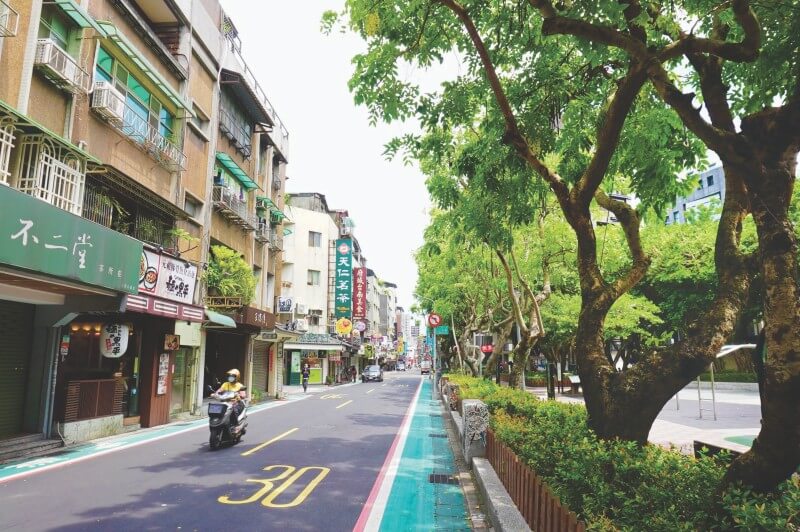
All budget categories are found in Kang Qing Long. You’ll find many career professionals live here, but because of the presence of a cluster of post-secondary educational institutions, so do many students. Thus, from higher-end places like Din Tai Fung, you can segue right over to spots like the Shida-Longquan Shopping District (師大龍泉商圈), a local street food hub centered on Longquan Street and specially targets the student crowd. This area is also home to the Blue Note Taipei (台北藍調), Taiwan’s oldest jazz club, which opened in 1974 and, despite its compact size, consistently brings in premier names from overseas. (You might also like: Blue Note Taipei: Hallowed Ground for Lovers of Jazz)
This is a community of tranquility that nevertheless constantly percolates with cultured hipster activity. When the COVID alert is lifted, come see for yourself just how this harmonious brew is achieved.
Author: Rick Charette
Photographer: Yenyi Lin, Taiwan Scene, Liu Jiawen
| COVID-19 ALERT |
| During the pandemic, please try to stay home if possible. When going out, please wear a mask and follow the epidemic prevention regulations. |
This article is reproduced under the permission of TAIPEI. Original content can be found on the website of Taipei Travel Net (www.travel.taipei/en).

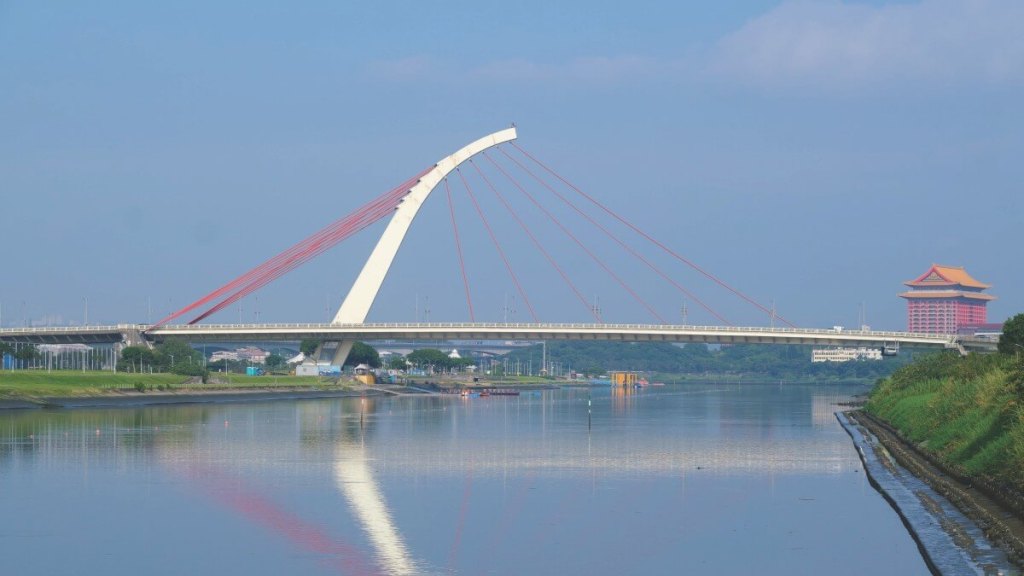
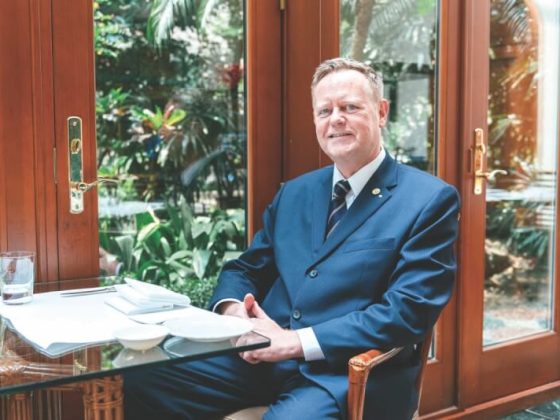
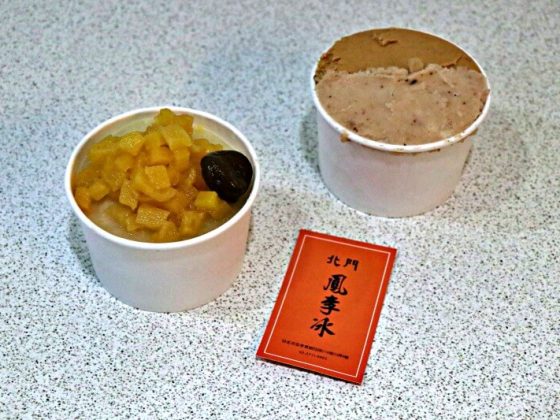









Comments are closed.